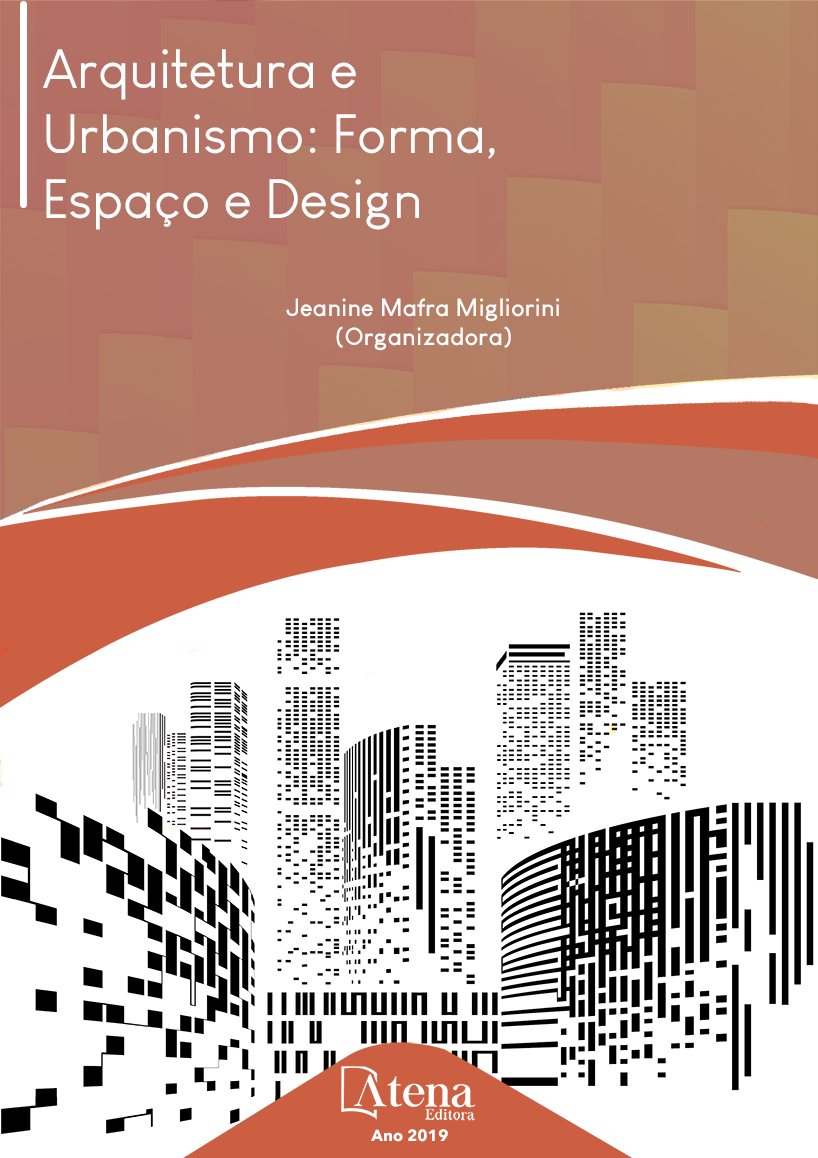
A PAISAGEM DA BAIA DA GUANABARA: PATRIMÔNIO, SEGREGAÇÃO E DESENVOLVIMENTO
Como evidencia o estado de
degradação da Baía da Guanabara e a quase
nenhuma reação da sociedade civil e do poder
público face a este estado de abandono, a Baia
tem sido pouco valorizada como paisagem
histórica e cultural. Considerando esse
quadro, o objetivo desse artigo é discutir essa
invisibilidade patrimonial da paisagem da Baia da
Guanabara e dos bens culturais e paisagísticos
a ela associados. O argumento apresentado
propõe que esta invisibilidade decorre, entre
outros fatores, da segregação sócio-territorial,
existente na Região Metropolitana do Rio de
Janeiro; e debate as consequências deste
estado de segregação para a formação das
identidades sociais na Região, para, em
seguida, a partir dos temas da paisagem, do
patrimônio, da segregação sócio-territorial, e
de suas consequências para a formação das
identidades sociais, debater os efeitos dessa
situação para o desenvolvimento metropolitano.
Nessa perspectiva, conclui-se que a Baia
da Guanabara guarda a potencialidade de
paisagem histórica e cultural integral, porém
só é percebida na significativa diferenciação
simbólica entre suas partes. Observa-se
que a segregação sócio-territorial atua como
uma estrutura estruturante (Bourdieu, 2007)
das representações de identidades sócioterritoriais,
capaz de formatar identidades e a
percepção das diferenças entre os habitantes
e lugares da cidade, incluindo a percepção
da paisagem urbana. Urge, portanto, buscar
reduzir esta segregação sócio-territorial e
investir efetivamente na recuperação deste
patrimônio metropolitano de inigualável valor
para as cidades lindeiras; assim como dos bens
culturais edificados, muitos dos quais quase
desconhecidos.
A PAISAGEM DA BAIA DA GUANABARA: PATRIMÔNIO, SEGREGAÇÃO E DESENVOLVIMENTO
-
DOI: 10.22533/at.ed.1571905093
-
Palavras-chave: patrimônio cultural e paisagístico; segregação; desenvolvimento urbano
-
Keywords: cultural and landscape heritage; segregation; urban development
-
Abstract:
As evidenced by the current
condition of Guanabara Bay´s degradation
and almost no reaction from civil society and
public authorities concerning this state of
neglect, the Bay has been little valued as a
historical and cultural landscape. Considering
this framework, the objective of this article is to
discuss this patrimonial invisibility of the Guanabara Bay landscape and of the cultural
and landscape assets associated with it. The presented argument proposes that this
invisibility derives, among other factors, from the socio-territorial segregation existing
in the Metropolitan Region of Rio de Janeiro. It also discusses the consequences of
this state of segregation regarding the formation of social identities in the Region, and
then, from the themes of landscape, heritage, socio-territorial segregation, and its
consequences for the formation of social identities, the article discusses the effects
of this situation on metropolitan development. From this perspective, we noticed that
Guanabara Bay preserves the potential of an integral historical and cultural landscape,
nonetheless this potential is only perceived in the significant symbolic differentiation
between its parts. We observed that socio-territorial segregation acts as a structuring
structure (Bourdieu, 2007) of representations of socio-territorial identities, able to shape
identities and the perception of the differences between the inhabitants and places of
the city, including the perception of the urban landscape. It is urgent, therefore, to
reduce this socio-territorial segregation and to effectively invest in the recovery of this
metropolitan patrimony of unequalled value to the surrounding cities, as well as the
built cultural assets, many of which are almost unknown
-
Número de páginas: 15
- Evelyn Furquim Werneck Lima
- Leonardo Marques de Mesentier


